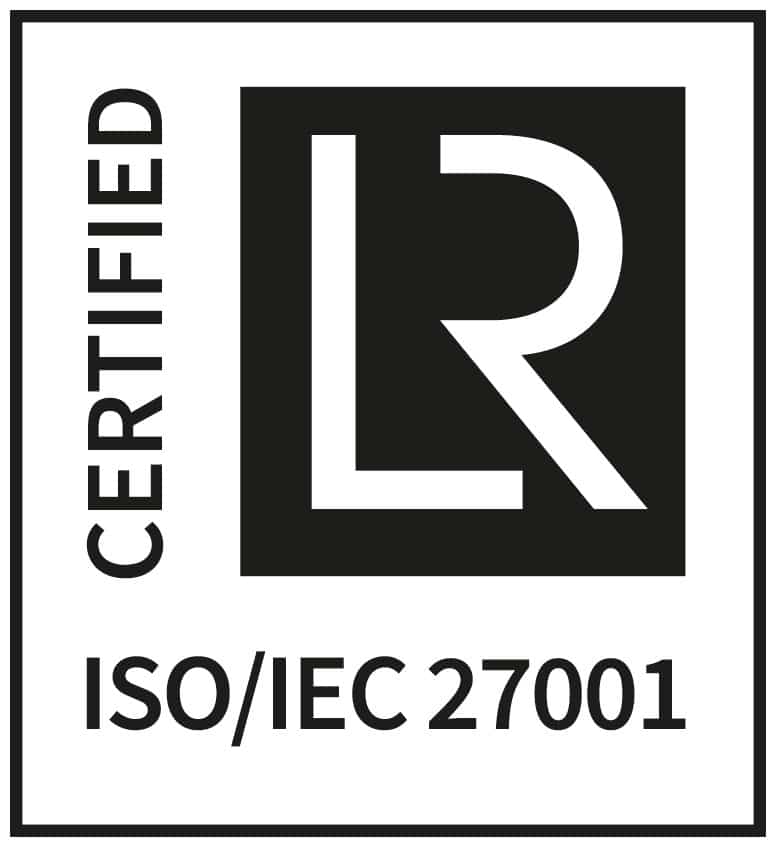
- 08.02.24
9 Essential Steps to Mastering Custom eLearning Development
Table of Contents
In the dynamic world of digital education, custom eLearning development stands out as a key strategy for creating personalized and impactful learning experiences. This comprehensive guide will walk you through nine essential steps to master the art of custom eLearning development, ensuring your digital learning initiatives are both engaging and effective.
1. Understanding Your Learning Objectives
Identifying Goals for Custom eLearning
The first crucial step in custom eLearning development is defining clear and measurable learning objectives. Understanding what you want your learners to achieve sets the course for the entire project. Consider the specific skills or knowledge gaps you aim to address. Align these objectives with broader organizational goals to ensure that your eLearning initiative contributes to your company’s overall strategy. This alignment is vital for securing stakeholder support and for the program’s long-term success.
2. Analyzing Your Audience
Tailoring Content to Learner Needs
A deep understanding of your audience is essential for creating effective custom eLearning content. Different groups of learners have varying backgrounds, education levels, and learning preferences. Conduct a thorough analysis to identify these characteristics. Understand their motivations, challenges, and the environment in which they will be learning. This information will guide you in designing content that is not only engaging and relevant but also accessible and impactful for your target audience.
3. Choosing the Right Tools and Technologies
Selecting the Best eLearning Platforms
Selecting the right tools and technology is a pivotal decision in custom eLearning development. The technology you choose should align with your learning objectives and be suitable for your audience. Consider the scalability of the platforms, their compatibility with various devices, and the kind of interactive elements they support. Additionally, assess the learning management system (LMS) for tracking and reporting capabilities. The choice of technology should enhance the learning experience, not complicate it.
4. Crafting Engaging Content
Creating Captivating eLearning Materials
Developing engaging content is at the heart of custom eLearning. This step involves more than just presenting information; it’s about crafting a learning experience. Combine storytelling with real-world scenarios to make the content relatable and memorable. Utilize a mix of multimedia – including videos, infographics, and interactive simulations – to cater to different learning styles. Also, consider the pacing of the content; it should maintain learners’ interest without overwhelming them. Quality content keeps learners engaged and motivates them to complete the course.
5. Incorporating Interactive Elements
Enhancing Engagement through Interactivity
Interactive elements are key to elevating the eLearning experience. They transform passive content consumption into active learning, significantly boosting engagement and retention. Interactive elements can range from simple drag-and-drop activities to complex simulations and branching scenarios. Incorporate quizzes and knowledge checks to reinforce learning. Gamification elements like points, badges, and leaderboards can add a competitive edge, making learning more fun and motivating. Tailoring these interactive components to the content and learning objectives can make a substantial difference in the overall effectiveness of the course.
6. Designing for Accessibility
Ensuring Your eLearning is Inclusive
Designing for accessibility means creating eLearning content that is usable by everyone, including those with disabilities. This involves following universal design principles to ensure that your eLearning is accessible regardless of the user’s ability. Use clear, concise language, provide alternative text for images, and ensure videos are captioned. Structuring content with logical headings and readable fonts can significantly enhance accessibility. Consider also the color contrasts and the ability to navigate the course using keyboard shortcuts. By prioritizing accessibility, you’re not only complying with legal standards but also ensuring a more inclusive learning environment.
7. Implementing Effective Assessments
Measuring Learner Progress and Understanding
Effective assessments are critical in validating the effectiveness of your eLearning program. They help in gauging whether the learning objectives have been met and how well learners have understood the material. Incorporate a variety of assessment types, such as multiple-choice questions, case studies, and practical tasks, to cater to different learning styles. Provide immediate feedback on assessments to enhance learning. Regularly updating and rotating questions can keep assessments challenging and reduce the chances of answer memorization.
8. Gathering Feedback for Improvement
Utilizing Feedback to Refine Your eLearning
Collecting and acting on feedback is a continuous process that plays a crucial role in the evolution of your eLearning content. Solicit feedback from learners at various stages of the course – at the end of each module, mid-course, and post-completion. Use surveys, focus groups, and direct observations to gather insights. Analyze this feedback to understand what’s working and what isn’t. This can inform necessary adjustments in content, delivery methods, and interactive elements, ensuring that your eLearning courses remain relevant, engaging, and effective over time.
9. Keeping Content Updated
Ensuring Your eLearning Stays Current
Regularly updating your eLearning content is vital to maintain its relevance and effectiveness. In a rapidly changing world, what’s current today may become outdated tomorrow. Schedule periodic reviews to update facts, figures, and examples. This keeps the learning experience aligned with the latest industry trends and technological advancements. Also, use feedback from learners and instructors to identify areas for improvement. By staying proactive in updating your content, you ensure that your eLearning courses continue to be a valuable resource for learners.
Conclusion
Mastering custom eLearning development is an exciting journey towards creating enriching and impactful learning experiences. By following these nine essential steps, you can ensure that your eLearning initiatives are well-aligned with your organizational goals and tailored to meet the unique needs of your learners. Remember, the ultimate aim of custom eLearning is not just to impart knowledge but to foster a culture of continuous learning and growth. Embrace innovation, welcome feedback, and always stay attuned to the evolving needs of your learners.
FAQ - Frequently Asked Questions
How can I ensure that my eLearning content is engaging for learners?
To ensure your eLearning content is engaging, focus on creating interactive and visually appealing materials. Incorporate various multimedia elements, interactive quizzes, and real-life scenarios that resonate with your learners. Also, personalize the content to align with their interests and learning styles.
What are the key factors to consider when choosing an eLearning platform?
When choosing an eLearning platform, consider factors like user-friendliness, compatibility with various devices, scalability, and the ability to support interactive content. Also, look for platforms that offer robust analytics and reporting features.
How often should eLearning content be updated?
eLearning content should be reviewed and updated regularly to ensure it remains relevant and accurate. The frequency of updates can depend on the subject matter and the pace of change in your industry, but a general rule is to review content annually or whenever significant changes occur.
Can eLearning be effective for all types of learners?
Yes, eLearning can be effective for various types of learners if it’s designed inclusively. This means considering different learning styles, using various types of content delivery, and ensuring accessibility for learners with disabilities.
How can I measure the success of my custom eLearning program?
Measure the success of your eLearning program by analyzing learner engagement, course completion rates, quiz and assessment results, and the application of learned skills in practical scenarios. Feedback from learners can also provide valuable insights into the program’s effectiveness.





